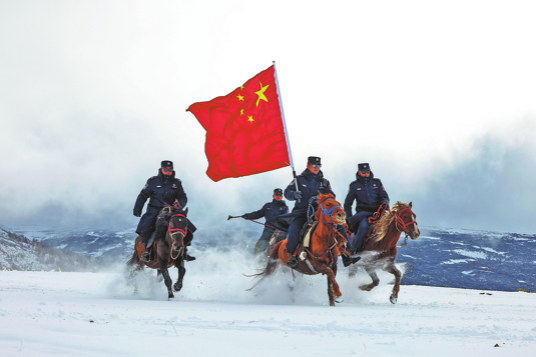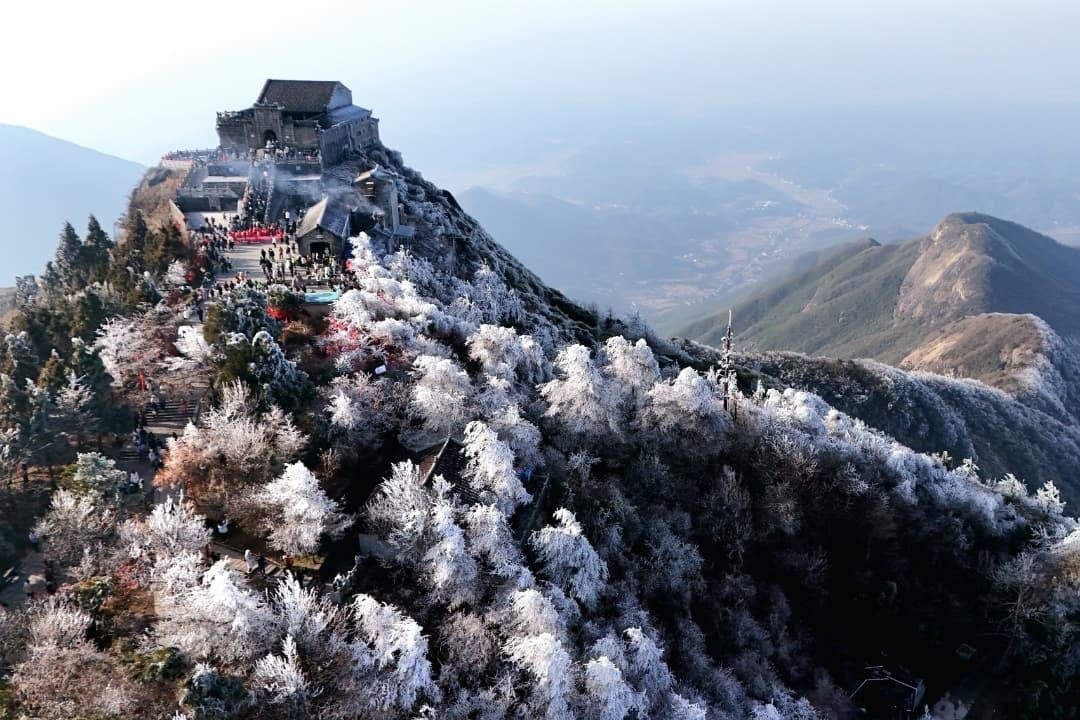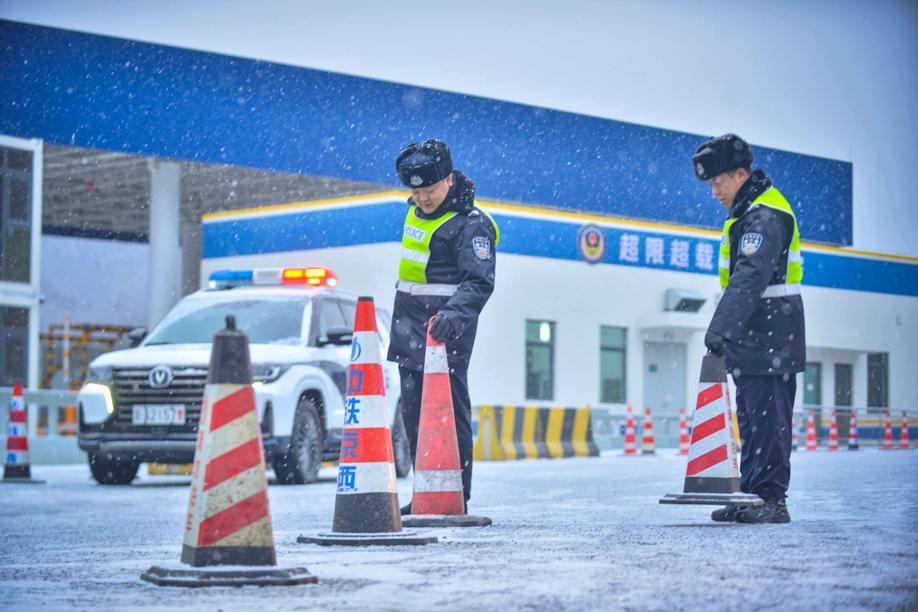Chinese reservoirs bring about benefits, not threats


Serious errors found in US-backed monitor's Lancang-Mekong data
Though it isn't a country in the Lancang-Mekong region, the United States has made great efforts in recent years to orchestrate the theory of Chinese dams' "threats" to the region.
The conclusions of its carefully woven theory, however, don't always hold water.
As one of the latest examples, researchers at Tsinghua University have found serious errors in reservoir level readings released by Mekong Dam Monitor, a program reportedly funded by the US State Department.
Such major errors could lead to the wrong conclusion that Chinese dams have intercepted water and are causing drought downstream on the Mekong River, which is known in China as the Lancang River and also stretches across Laos, Myanmar, Thailand, Cambodia and Vietnam.
A hydrological research team from Tsinghua has found that Mekong Dam Monitor's data does not constantly reflect the overall trends of water availability.
Mekong Dam Monitor's data, obtained by remote sensing and satellite imagery measurements, reversed the actual water level rise and fall trends in Xiaowan Reservoir in at least three monitoring periods, with errors ranging from 3 to 10 meters, the Global Times quoted the Tsinghua team as saying in a recent report.
Mekong Dam Monitor is run by the US-backed Stimson Center's Southeast Asia Program, the media outlet noted.
The program's level readings at the Jinghong Reservoir also resulted in erroneous conclusions, according to the Tsinghua team.
The readings did not fit the actual condition at almost any time during the investigated period, from January 2019 to July 2021, according to the team.
The Chinese scientists reached their conclusions by comparing Mekong Dam Monitor's data with water level readings from dam operators. Their conclusions were supported by data obtained by satellites using laser altimeters.
In a Facebook post in early March, Mekong Dam Monitor acknowledged flaws with the data it published and said it had made revisions. It also thanked the Tsinghua team "for pointing out a few possible directional errors on the 2020 operation curve for Xiaowan as determined by our virtual gauge process".
However, researchers at Tsinghua University said that despite the revisions, Mekong Dam Monitor's readings still erred by up to 8 meters from actual water level measurements.
Foreign Ministry spokesman Wang Wenbin said in a regular news briefing late last month that major errors like the ones made by Mekong Dam Monitor could "lead to the wrong conclusion that Chinese dams have intercepted water, and may be hyped as evidence that upstream dams are causing drought downstream in Southeast Asian countries".
In fact, he said, the international science community and the Mekong River Commission have already made a fair judgment on the role of dams on the upper reaches of the Lancang River.
"The commission acknowledged in its report that cascade reservoirs on the Lancang River store water in the flood season for later use in the dry season, which helps maintain the steady flow of the Mekong."
He said Lancang-Mekong water resource cooperation requires mutual trust and real actions among regional countries instead of irresponsible remarks and moves to sow discord from outside the region.
"We hope the US can fully respect the efforts of Lancang-Mekong countries in promoting sustainable use of water resources in the region and do more positive and concrete things to boost regional economic and social development," he said.
It's not the first time the US hyped up the issue of Mekong water resources.
In September 2020, former assistant secretary of state David Stilwell said one especially urgent challenge to the Association of Southeast Asian Nations is what he called China's manipulation of the Mekong River flows. He cited a report claiming that China had been manipulating the water flows along the Mekong for 25 years, with the greatest disruption in natural flows coinciding with major dam construction and operation.
Since 2019, the US has been hyping up the issue of Mekong water resources in what has been described as an attempt to create a hot spot, sow discord between regional countries and sabotage the atmosphere for Lancang-Mekong cooperation.
"This is nothing new," Zhao Lijian, another Foreign Ministry spokesman, said at a daily news briefing after Stilwell made the comment.
"We should have a science-based view of the functions of hydrological facilities," he said. "Experts have found that after China's cascade reservoirs were put into use, dry-season flows of relevant sections increased by 20 percent compared with past natural levels."
Since November 2020, China has provided year-round hydrological information on the Lancang River to Mekong countries and the Mekong River Commission. Before that, it offered flood-season hydrological information to these countries for 18 years.
Surasri Kidtimonton, secretary-general of Thailand's Office of National Water Resources, said, "Since the establishment of the Mekong-Lancang Cooperation platform (in 2016), we have seen a better direction of cooperation and relationship" from the upper to the lower river basins.
"We have developed strong relationships among six countries through mutual activities such as training, workshops and forums," he said while addressing the second Lancang-Mekong Water Resources Cooperation Forum late last year.
He also expressed to China the "heartfelt appreciation" of the Thai government and the people who live along the Mekong for providing data from the Jinghong and Manwan reservoirs throughout the year, as well as notification letters that benefit not only the lives of Lower Mekong residents, such as fishermen, but also cultural festivals.
"It is also useful for planning for the Mekong River's impact mitigation," he said.
- Teen donates to preserve war truths in Nanjing
- China and US anti-narcotics agencies cooperate to crack a cocaine smuggling case
- Stealth drone's trial lands desired results
- China grants first Level-3 autonomous driving vehicle permits
- AI-led model aids cultural relic restoration and boosts tourism
- China's top legislature schedules session for December





































